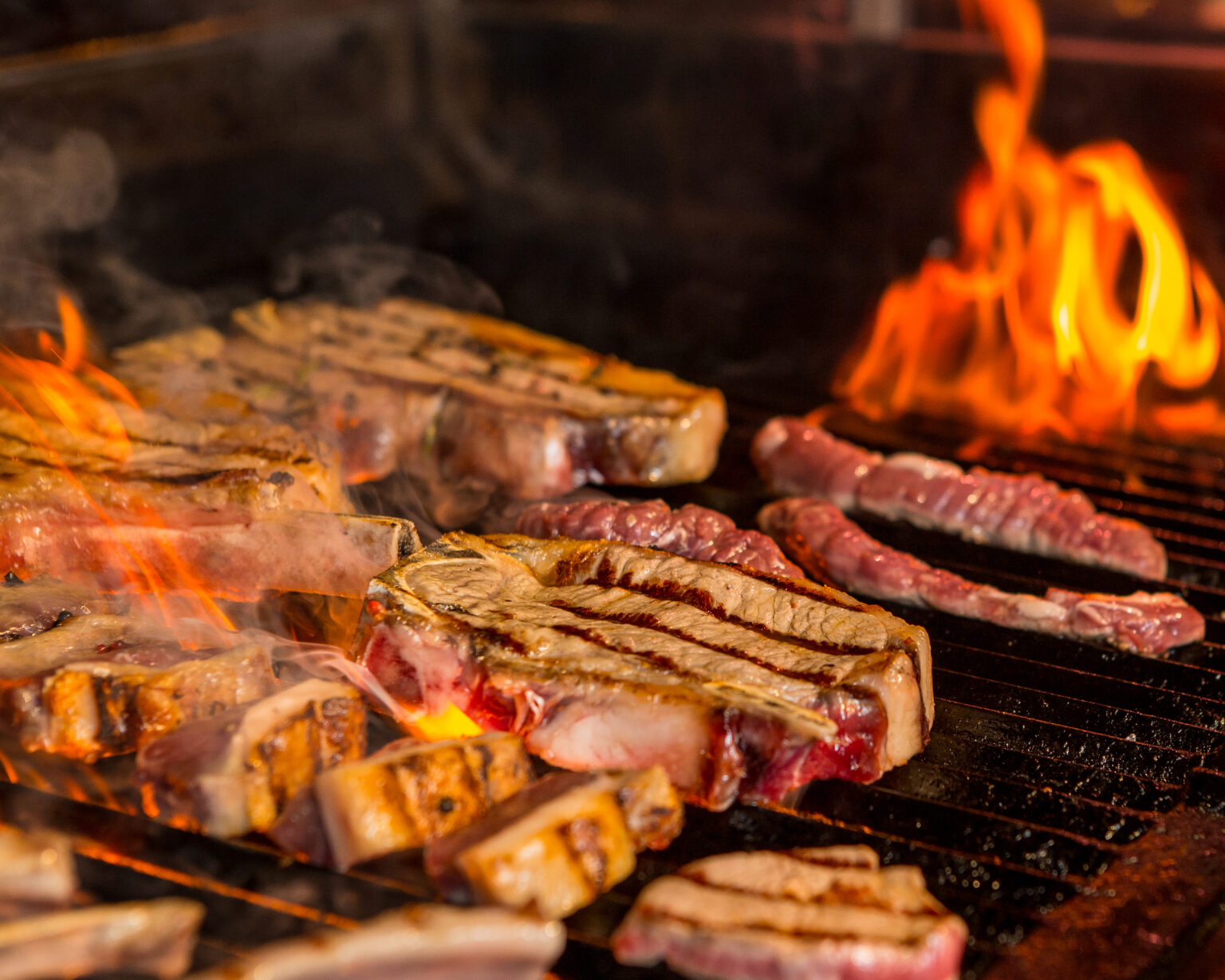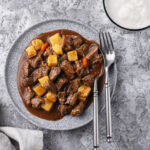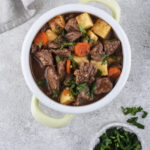Colombian cuisine is a vibrant reflection of the country’s diverse geography, rich cultural heritage, and agricultural abundance. From the coastal regions to the Andean mountains and the lush Amazon rainforest, Colombia offers a culinary tapestry that tantalizes the taste buds. In this article, we embark on a flavorful journey to discover the top 10 most eaten foods in Colombia, showcasing the country’s unique gastronomic delights.
- Arepas:
Arepas are a quintessential staple in Colombian cuisine. These versatile cornmeal patties are cooked on a griddle or baked and can be enjoyed plain, or filled with a variety of ingredients such as cheese, meat, or eggs. Arepas are often eaten for breakfast, lunch, or as a snack, and their popularity spans the entire country.
- Bandeja Paisa:
Bandeja Paisa is a hearty and iconic dish from the Paisa region of Colombia. It consists of a generous platter that includes grilled steak, pork belly, beans, rice, plantains, avocado, and a fried egg. This substantial meal showcases the region’s love for meat and is a cultural symbol of Colombian gastronomy.
- Sancocho:
Sancocho is a comforting and flavorsome soup that is enjoyed throughout Colombia. It is made with a base of meat (such as chicken, beef, or fish), vegetables, and herbs. Sancocho is often simmered for hours, resulting in a rich broth infused with deep flavors. It is a beloved dish that brings families and friends together.
- Ajiaco:
Ajiaco is a traditional Colombian soup that hails from the Andean region. It is made with chicken, three types of potatoes (including a native variety called papa criolla), corn, and various herbs. Ajiaco is known for its creamy and hearty consistency, and it is often garnished with capers, avocado, and sour cream.
- Empanadas:
Empanadas in Colombia are savory pastries filled with a range of ingredients such as meat, cheese, chicken, or vegetables. They are deep-fried until golden and crispy. Empanadas are a popular street food and are often enjoyed as a quick and delicious snack or as a part of Colombian fiestas.
- Patacones:
Patacones, also known as tostones, are a beloved side dish in Colombian cuisine. They are made by frying slices of green plantains, which are then flattened and fried again until crispy. Patacones are served as a tasty accompaniment to various main courses or as a snack with dipping sauces.
- Cazuela de Mariscos:
Cazuela de Mariscos is a delightful seafood stew that showcases Colombia’s coastal treasures. It combines a variety of fresh seafood such as shrimp, fish, clams, and mussels with vegetables, coconut milk, and aromatic spices. This hearty and flavorful stew is enjoyed in coastal regions, celebrating the country’s bountiful seafood.
- Lechona:
Lechona is a traditional Colombian dish that is often served at special occasions and celebrations. It involves a whole pig stuffed with rice, peas, onions, and spices, which is then slow-roasted until the skin becomes crispy and the meat is tender and flavorful. Lechona is a culinary centerpiece that highlights the country’s love for pork.
- Buñuelos:
Buñuelos are delightful fried dough balls that are popular in Colombia, particularly during the holiday season. They are made from a mixture of cheese, cornmeal, and flour, resulting in a crunchy exterior and a soft, cheesy interior. Buñuelos are often enjoyed with a cup of hot chocolate for a truly comforting treat.
- Chicharrón:
Chicharrón is a crispy and succulent pork dish that is loved throughout Colombia. It is made by deep-frying pork belly or pork rinds until they become golden and crunchy. Chicharrón is often enjoyed as a snack or as a filling for arepas and empanadas, adding a burst of flavor and texture to various dishes.
Colombian cuisine offers a diverse and vibrant culinary experience, with the top 10 most eaten foods showcasing the country’s unique flavors and cultural heritage. From the beloved arepas to the hearty bandeja paisa and comforting sancocho, each dish tells a story and reflects the richness of Colombia’s gastronomic traditions. Exploring these culinary delights not only satisfies the appetite but also invites us to appreciate the country’s diverse landscapes, cultural heritage, and the passion Colombians have for their food.








